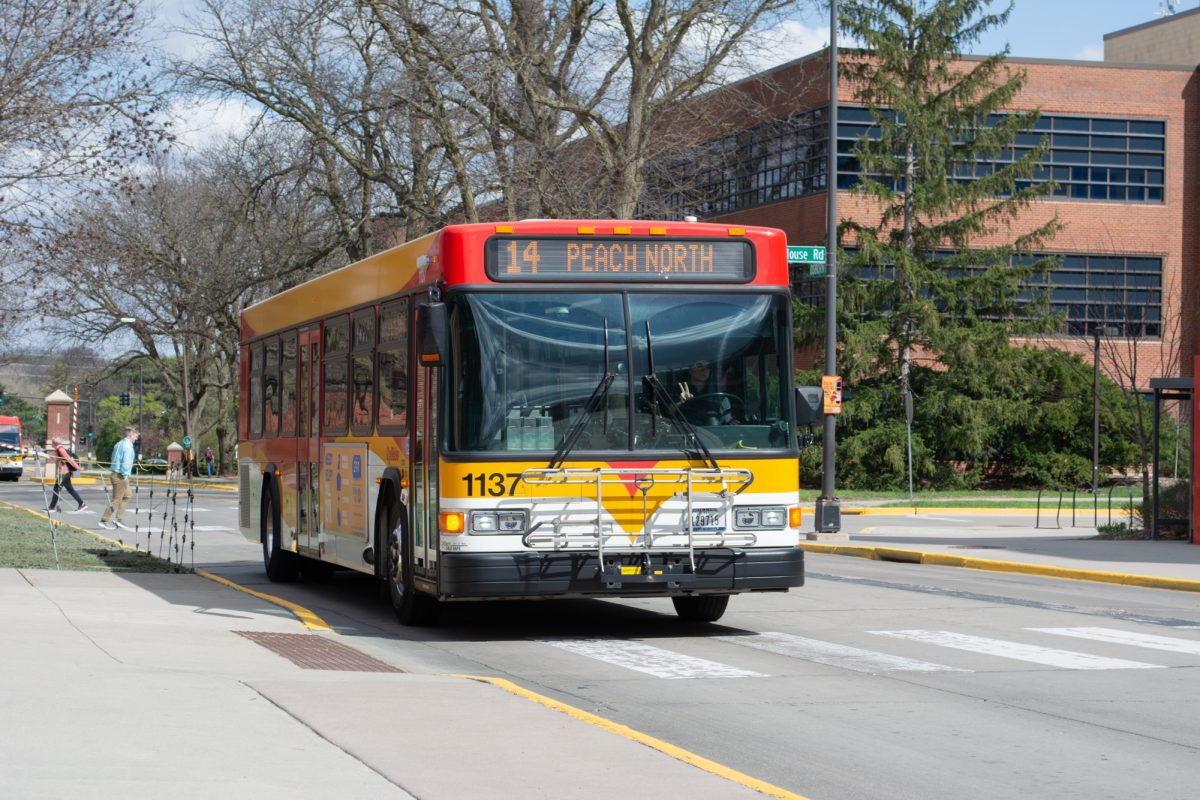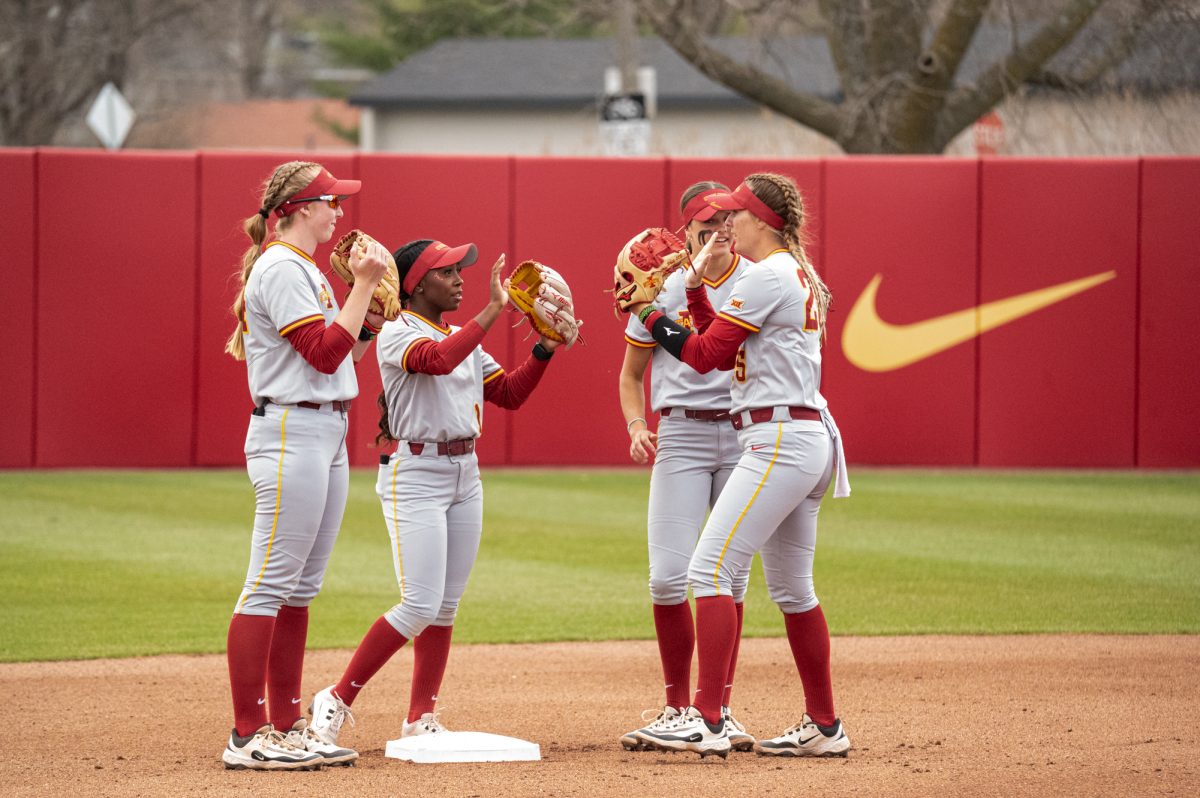Blood drive helps save lives
Andrew Clawson/Iowa State Daily
Donors wait in the Great Hall during the ISU Spring Blood Drive Wednesday, March 21, at the Memorial Union.
March 21, 2012
The ISU Blood Drive is hosting their annual blood drive this week.
Iowa State hosts one of the largest student-run blood drives in the nation, according to ISU Blood Drive’s website, and not just once a year.
“There’s a blood drive twice a year, one each semester,” explained Kate McMillan, sophomore in nutritional science.
The whole procedure, from registration to after donation, can last anywhere from 15 minutes to an hour long.
“First you have to register and get a general history done, and then they do a red cell count and check your iron, because you have to have a certain number for that in order to donate,” said Chrissy Jones, sophomore in psychology.
Members of the organization meet potential donors in the Cardinal Room of the Memorial Union, where they will go through the registration and background history.
When registering for the blood drive, potential donors will need to show a form of ID, such as a donor card or driver’s license, according to the American Red Cross website.
Then, donors are asked some questions about their health history, and where they have traveled in recent years. They will also have their temperature, pulse, blood pressure and hemoglobin level checked.
After this, if eligible, the donor is escorted to the Great Hall for the actual donation.
The actual donation takes anywhere between 8 to 10 minutes.
According to the American Red Cross website, currently only three out of every 100 people in America donate blood.
People need blood every minute of every day, according to the Red Cross, and it can only come from those who volunteer to give it.
McMillan, Jones, Annie Block and Megan Rich, all members of the Spring Blood Drive Committee, donated their blood and thought it was really important for others to do the same.
“Every pint saves three lives, and to take an hour out of your day to save three lives is totally worth it,” said Block, a sophomore in pre-diet and exercise.
“And it’s really easy,” said Rich, a sophomore in elementary education.
If saving lives is not enough motivation, there are free cookies after the donation, which the donor is highly encouraged to sit and have for between 10 and 15 minutes before they return to their daily activities.
Another benefit to donating is the mini physical, which can give the donor an update on their pulse, blood pressure, body temperature and hemoglobin levels, which is beneficial to know for health reasons, according to the Red Cross.
“I think people should donate blood because it’s the easiest, least time consuming way to save lives,” said Cory Bryant, junior in kinesiology and health and a co-director of ISU Blood Drive.
Bryant explained that there are three centers for donating blood in the Great Hall. On Monday and Tuesday, there were a total of 656 donors at two of the centers, and more for each day at the third one.
“We usually have about 2,000 units donated, which saves about 6,000 lives,” Bryant said.
The blood drive goes until 5 p.m. Thursday in the Cardinal Room and Great Hall of the Memorial Union.







